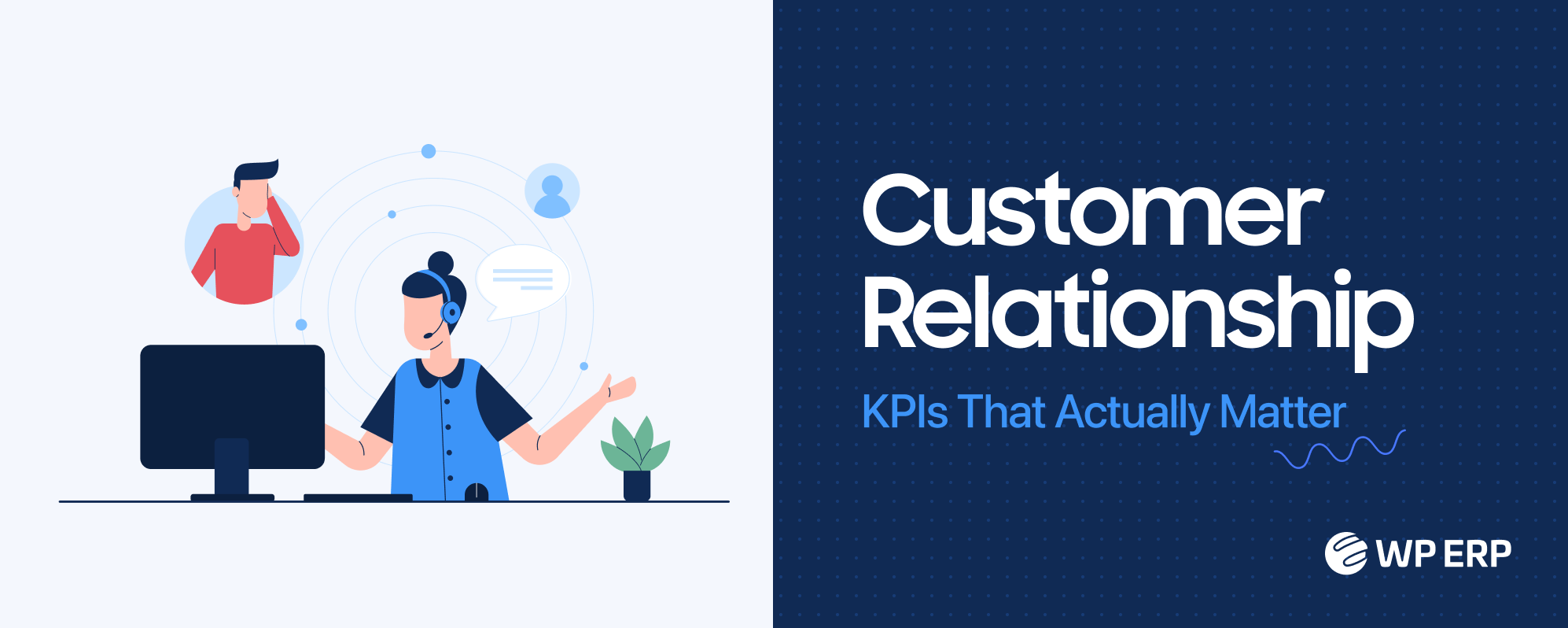Customer relationships decide how far your business can go.
Happy customers come back. Unhappy customers leave faster than you expect.
That’s why measuring and improving relationships is not optional anymore.
But here’s the catch.
You can’t improve what you don’t measure. That’s where CRM KPIs step in.
They give you numbers that show if your strategies are actually working or just looking good on paper.
Nowadays, customer expectations are higher than ever. Tracking the right CRM KPIs will help you understand your customers better, improve loyalty, and grow sales.
Let’s explore the key metrics you must focus on.
What Are Customer Relationship Management KPIs?
Customer Relationship Management KPIs are the key numbers that show how well your business is handling customer relationships. They tell you if your sales, support, and marketing efforts are creating happy and loyal customers.
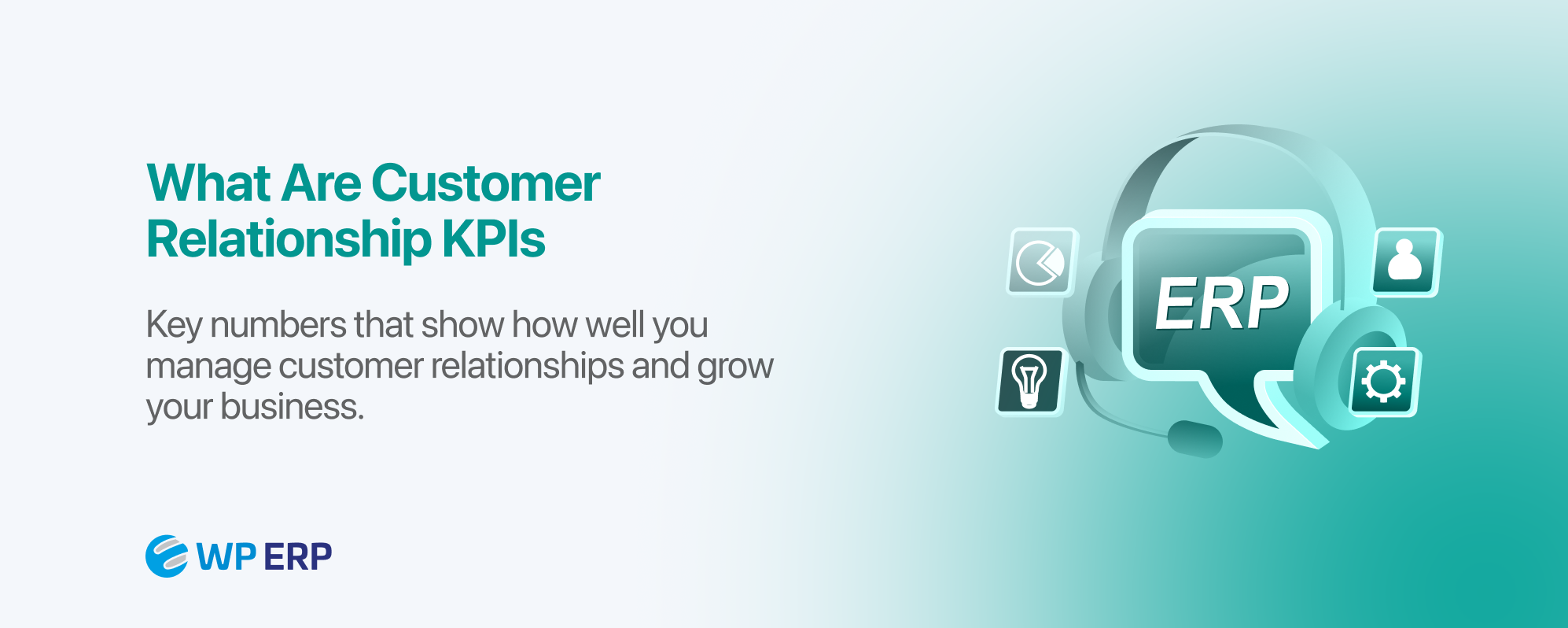
Think of them as a scorecard. If the numbers are good, your CRM strategy is on track. If the numbers drop, you know it’s time to take action.
These KPIs connect directly with your business goals. More satisfied customers mean higher retention, better reviews, and stronger revenue. Without them, you’re just guessing instead of making smart decisions.
Why CRM KPIs Are Important for Your Business
Tracking CRM KPIs helps you see what works and what doesn’t. It gives clear insights into your customer relationships so you can take smart actions.
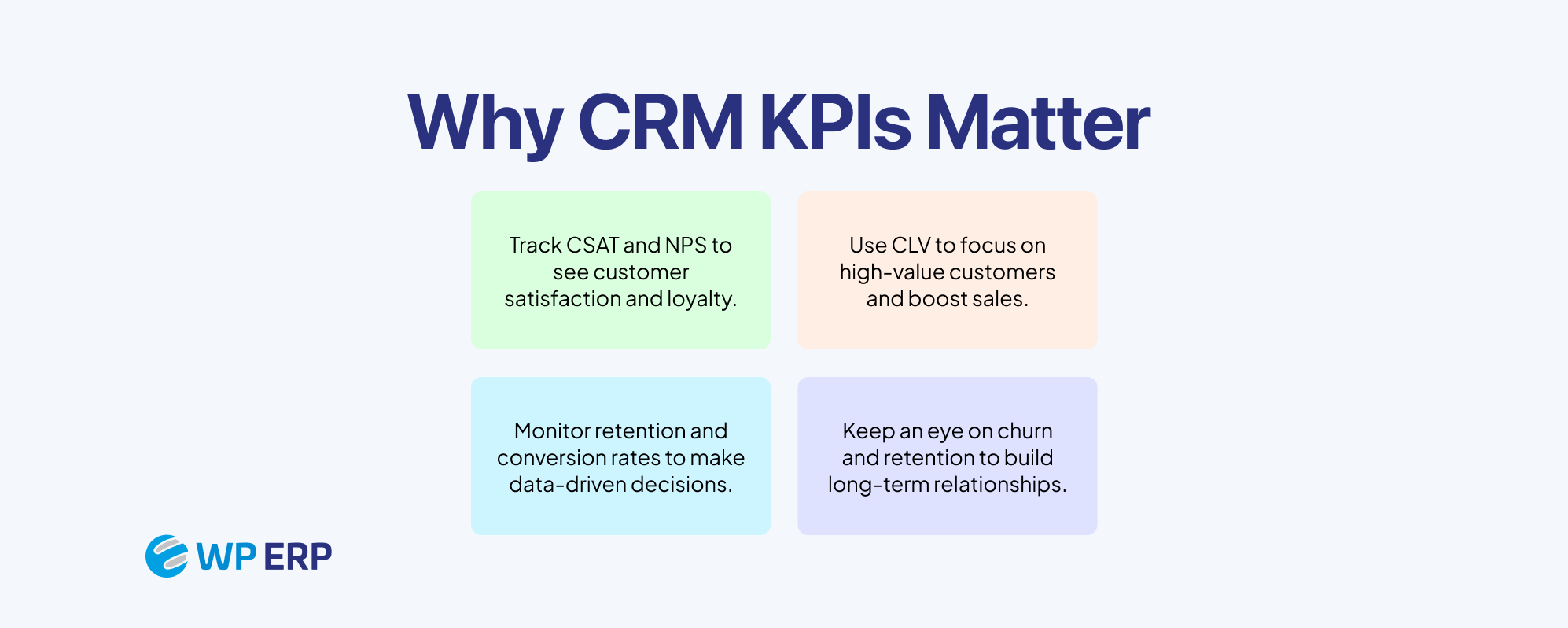
- Measure Customer Satisfaction and Loyalty: Customer Satisfaction Score (CSAT) shows how happy customers are with your service or product. Net Promoter Score (NPS) tells how likely customers are to recommend your business. Check these scores regularly to fix problems before they grow.
- Boost Sales and Revenue: Customer Lifetime Value (CLV) measures how much revenue a customer brings over time. Tracking CLV helps you focus on high-value customers and make strategies that increase sales.
- Make Data-Driven Decisions: Numbers like retention rate or conversion rate show what’s working. Use this data to adjust marketing, sales, or support strategies instead of guessing.
- Build Long-Term Relationships: Tracking churn rate and retention ensures you keep customers coming back. Loyal customers buy more and refer others, helping your business grow faster.
Tracking the right KPIs ensures you act on real insights. It guides growth, improves customer satisfaction, and strengthens your business.
Key Customer Relationship Management KPIs You Should Track in 2025
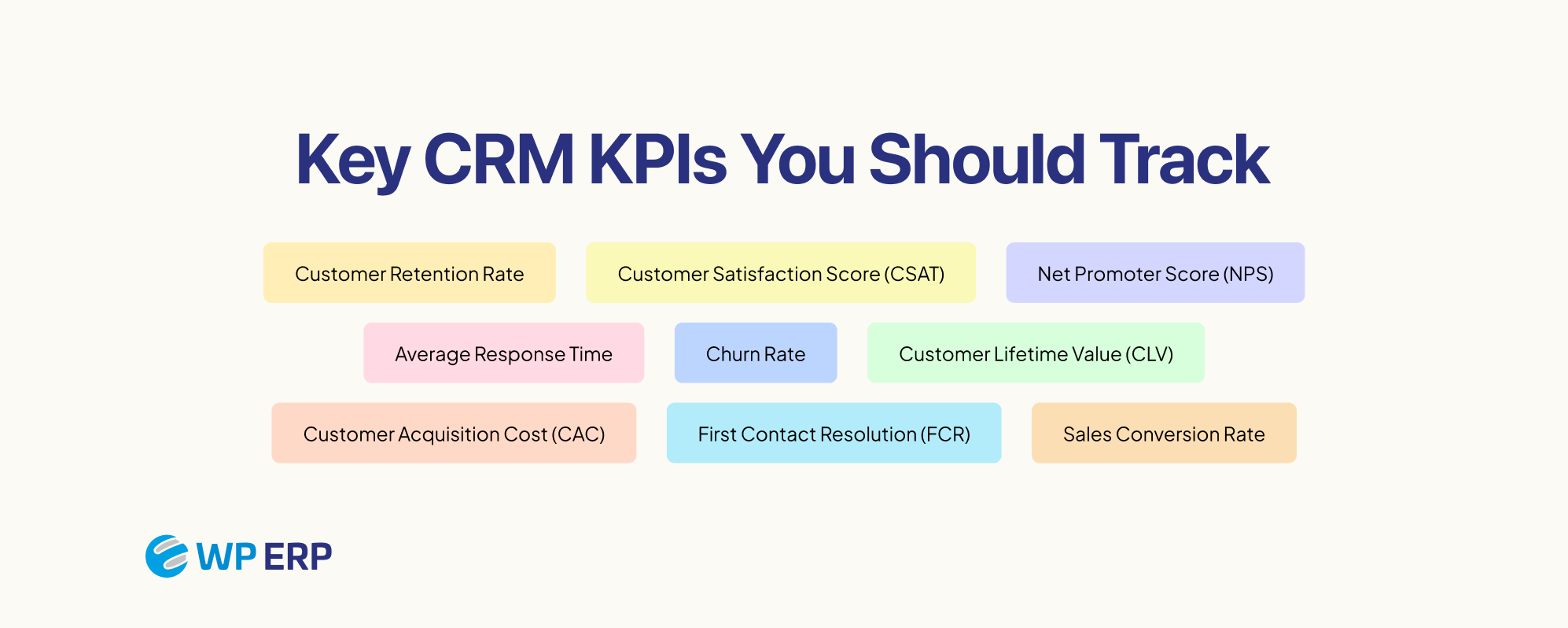
Here are the main KPIs every business should track:
- Customer Retention Rate
- Customer Satisfaction Score (CSAT)
- Net Promoter Score (NPS)
- Customer Lifetime Value (CLV)
- Customer Acquisition Cost (CAC)
- First Contact Resolution (FCR)
- Average Response Time
- Sales Conversion Rate
- Churn Rate
Each one of these customer relationship management KPI gives you a clear picture of your customer relationships. Use them to spot strengths, fix issues, and grow your business smarter.
1. Customer Retention Rate
The first customer relationship management KPI is Customer Retention Rate. It measures the percentage of customers who continue to do business with you over a specific period. It shows how loyal your customers are and how well your business keeps them coming back.
Example: If you had 1,000 customers at the start of the year and 800 are still active at the end, your retention rate is 80%. This tells you that most customers are satisfied with your service, but 20% left, which could signal areas to improve.
Action Tip: Monitor retention monthly or quarterly. Identify patterns, like which products or services keep customers returning, and focus on improving areas where retention drops.
2. Customer Satisfaction Score (CSAT)
Customer Satisfaction Score (CSAT) measures how happy your customers are with a product, service, or experience. It’s usually calculated through short surveys asking customers to rate their satisfaction on a scale, like 1 to 5 or 1 to 10.
Example: If 200 customers answer your survey and 160 give a positive score (4 or 5 out of 5), your CSAT is 80%. This shows that most customers are satisfied, but there’s room to improve.
Action Tip: Send CSAT surveys after key interactions, like a purchase or support ticket resolution. Use the results to identify pain points and make improvements quickly.
3. Net Promoter Score (NPS)
Net Promoter Score (NPS) measures customer loyalty by asking how likely customers are to recommend your business to others. Scores typically range from 0 to 10, and customers are categorized as Promoters (9–10), Passives (7–8), or Detractors (0–6).
Example: If 100 customers respond to your survey and you have 60 Promoters, 20 Passives, and 20 Detractors, your NPS is calculated as 60% – 20% = 40. A positive score indicates more loyal customers, while a low or negative score signals issues.
Action Tip: Collect NPS feedback regularly. Focus on turning Detractors into Promoters and maintaining strong relationships with Promoters.
4. Customer Lifetime Value (CLV)
Customer Lifetime Value (CLV) measures the total revenue a customer is expected to bring to your business over their entire relationship with you. It helps you identify high-value customers and make smarter marketing and sales decisions.
Example: If a customer spends $50 per month and stays with your business for 24 months, their CLV is $50 × 24 = $1,200. Knowing this helps you prioritize efforts to retain similar customers.
Action Tip: Calculate CLV regularly and focus on strategies that increase the value of each customer over time, like upselling, cross-selling, or loyalty programs.
5. Customer Acquisition Cost (CAC)
Customer Acquisition Cost (CAC) measures how much it costs to gain a new customer. It helps you understand the efficiency of your marketing and sales efforts.
Example: If you spend $5,000 on marketing in a month and gain 100 new customers, your CAC is $5,000 ÷ 100 = $50 per customer. Lowering CAC while increasing revenue makes your business more profitable.
Action Tip: Track CAC regularly. Compare it with Customer Lifetime Value (CLV) to ensure you’re acquiring customers profitably.
6. First Contact Resolution (FCR)
First Contact Resolution (FCR) measures how many customer issues are solved on the first interaction. A high FCR means faster support and happier customers.
Example: If your support team handles 500 tickets in a month and 400 are resolved on the first attempt, your FCR is 80%. This shows most customers get quick solutions, but 20% may need follow-up.
Action Tip: Track FCR regularly. Identify common issues that require multiple interactions and improve processes to resolve them faster.
7. Average Response Time
Average Response Time measures how quickly your team responds to customer inquiries or issues. Fast responses improve satisfaction and show customers that you value their time.
Example: If your support team receives 1,000 messages in a month and the total response time adds up to 50,000 minutes, the average response time is 50,000 ÷ 1,000 = 50 minutes per inquiry. Shorter response times often lead to happier customers and higher loyalty, while longer times can frustrate customers and increase churn.
Action Tip: Monitor response times daily or weekly. Identify slow areas and optimize workflows or staffing to ensure customers get answers quickly.
8. Sales Conversion Rate
Sales Conversion Rate measures the percentage of leads or prospects who take a desired action, like making a purchase. It shows how effective your sales and marketing efforts are at turning interest into revenue.
Example: If 500 people visit your website in a month and 50 of them make a purchase, your sales conversion rate is 50 ÷ 500 × 100 = 10%. A higher conversion rate means your strategies are working well, while a low rate indicates the need for improvements in your sales process or messaging.
Action Tip: Track conversion rates for different campaigns, landing pages, or products. Test changes like copy, design, or offers to improve results over time.
9. Churn Rate
Our last but not least customer relationship management KPI is Churn Rate. It measures the percentage of customers who stop doing business with you over a specific period. It helps identify how well you are retaining customers and highlights areas that need improvement.
Example: If you start the month with 1,000 customers and 150 leave by the end, your churn rate is 150 ÷ 1,000 × 100 = 15%. A high churn rate signals problems with your product, service, or customer experience, while a low churn rate shows strong loyalty.
Action Tip: Monitor churn monthly. Analyze why customers leave and implement strategies like better support, loyalty programs, or personalized offers to reduce it.
How to Track and Measure CRM KPIs Effectively
Tracking customer relationship management KPI only works if you do it the right way. Measuring them properly helps you take action and improve your business performance.
- Set Clear Goals: Decide what success looks like for each KPI. For example, you might aim to increase CSAT from 80% to 90% in six months. Clear goals give you a target to measure against and make it easier to see progress.
- Monitor Regularly: Check KPIs daily, weekly, or monthly, depending on the metric. Frequent tracking helps you spot problems early and take action before they grow.
- Analyze and Adjust: Look at the numbers carefully. If a KPI is low, figure out why. Maybe your support process is slow or a product isn’t meeting expectations. Adjust strategies to improve results.
- Prioritize Important KPIs: Focus on a few KPIs first, like retention rate, CSAT, or CLV. Once you get consistent insights, you can expand to other metrics. Tracking too many KPIs at once can be confusing and slow you down.
Use a CRM Software to Track KPIs
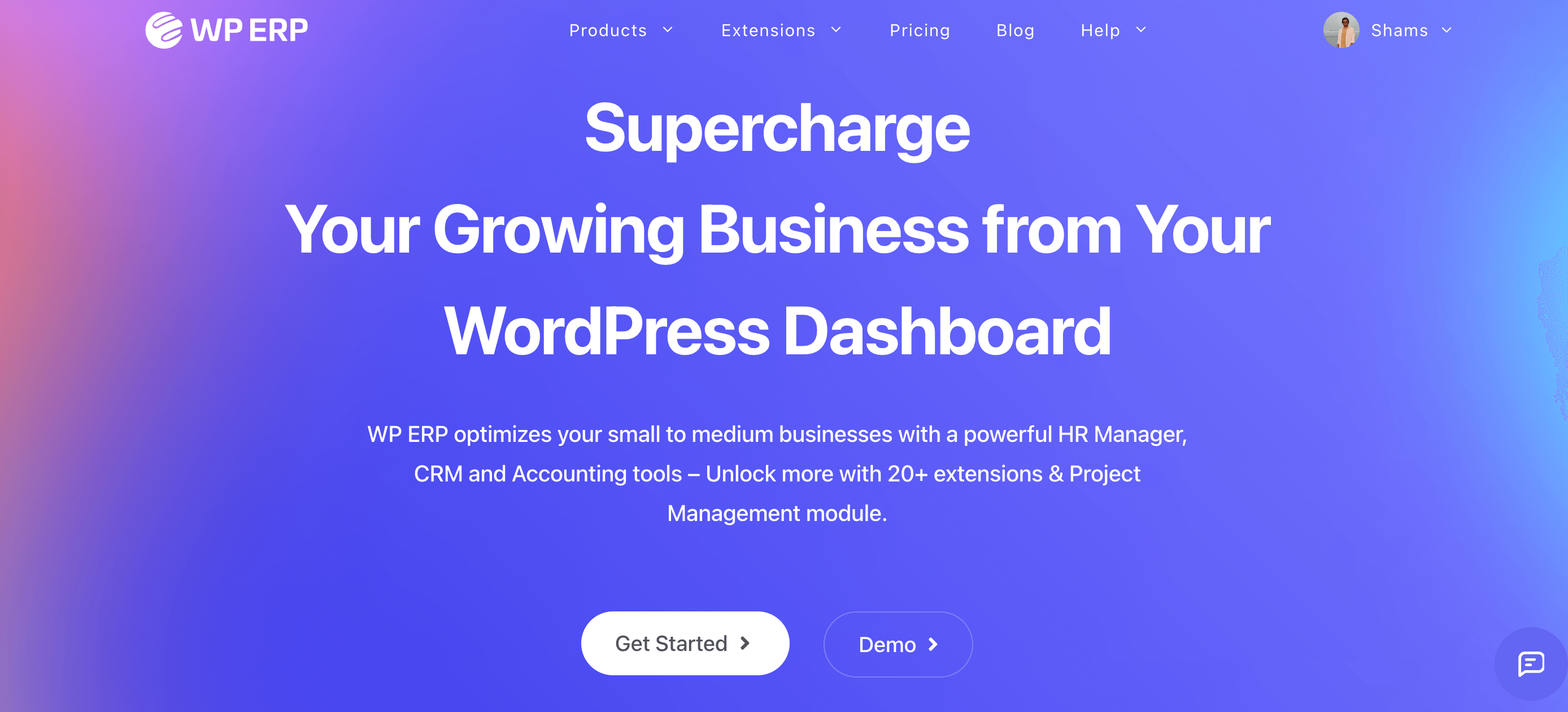
The easiest way to track CRM KPIs is with a good CRM tool like WP ERP CRM. It organizes all your customer data in one place and automatically calculates key metrics. You don’t have to do the math or chase spreadsheets.
With WP ERP CRM, you can:
- See trends and patterns in real time.
- Get detailed reports on CSAT, NPS, CLV, churn, and more.
- Make data-driven decisions without wasting time.
Not ready to buy yet? You can start with the free version of WP ERP CRM. It covers the basics and helps you understand how KPI tracking works. If you want the full experience, you can try the demo and get a feel for how easily it tracks and measures all your CRM KPIs.
Using a CRM tool is the fastest way to turn raw data into insights. It saves time, improves accuracy, and helps you grow your business smarter.
Common Mistakes to Avoid When Tracking Customer Relationship Management KPIs
Tracking CRM KPIs can give great insights, but many businesses make mistakes that reduce their effectiveness. Avoid these common pitfalls to get the most out of your data:
- Tracking Too Many KPIs at Once: Focusing on every possible metric can be overwhelming. Pick a few key KPIs first and expand as you get comfortable.
- Ignoring Data Quality: Inaccurate or incomplete data leads to wrong conclusions. Always ensure your customer data is clean and up to date.
- Not Aligning KPIs with Business Goals: KPIs should reflect your business priorities. Tracking irrelevant metrics wastes time and doesn’t help improve performance.
- Relying on Vanity Metrics: Metrics like total website visits or social likes may look good but don’t show real customer behavior. Focus on actionable KPIs that impact satisfaction, retention, and revenue.
- Skipping Regular Reviews: KPIs aren’t set-and-forget. Reviewing them only once in a while means you might miss important trends or issues.
Action Tip: Keep it simple, focus on meaningful KPIs, and review them consistently. Doing so ensures your tracking actually helps you improve customer relationships and grow your business.
Start Tracking Customer Relationship Management KPI and Grow Your Business
The customer relationship management KPI gives you the insights you need to understand your customers, improve satisfaction, and boost revenue. By tracking the right metrics, you can spot problems early, make smarter decisions, and strengthen customer loyalty.
Start with a few key KPIs like retention rate, CSAT, or CLV. Use a CRM tool like WP ERP CRM to make tracking easy and accurate. You can try the free version or explore the demo to see how it works before upgrading.
Don’t guess—track, analyze, and act. The right KPIs help you grow smarter and keep your customers happy.


.png)

